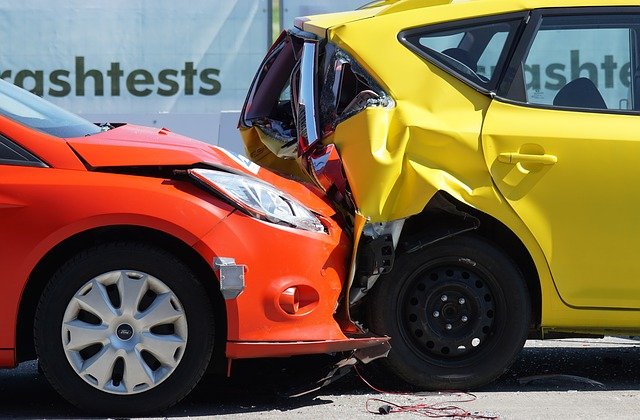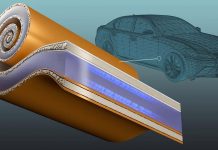
Rear-end collisions are a major cause of car crash. In the US, rear-end collisions account for about 32% of all crashes and 6% of death crashes. In Japan, about 35% car crashes are caused by collisions. In China and Germany, more than 20% of car crashes are caused by collisions.
Several reasons can lead to rear-end collisions. One is insufficient headway, one is late brake response, and one is insufficient brake force.
The perception response time is considered to be an important part of collision avoidance behaviors. It is the time needed to perceive, interpret, decide, and initiate a response to the sudden brake of the lead car.
Since collision avoidance is so important for driving safety, a thorough study of driver’s behavior in such situations is necessary. In newly published study, researchers examined how drivers avoid rear-end collisions in different urgent situations.
Twenty-nine experienced drivers took part in the study. They were asked to drive in an advanced simulator. The driving was tested on a two-lane freeway under good weather daytime conditions with light traffic.
A white lead car moved in front of the simulator car and stopped 6 times with different speeds. The drivers’ responses were recorded via video cameras.
The result showed that drivers responded faster when the lead car deceleration increased or the initial headway decreased.
In addition, overall only 12% of drivers used brake and steering at the same time, even though this was considered more useful in collision avoidance. But when the lead car reduced the speed faster, more drivers used the brake as well as steering.
The result also showed that the average perception reaction time (i.e. from finding a hazard to taking actions) ranged from 1.34 to 3.01 seconds. The lead car deceleration could strongly influence the time.
Interestingly, when the situation was not urgent, drivers typically had multi-stage braking behavior to prevent rear-end collisions. They first applied the brake moderately, and then held the brake pedal momentarily at a moderate level.
If the driver found that the threat could not be avoided by moderate braking, he then changed to full brake. The whole process took much longer time to reach full emergency braking.
In addition, drivers changed their braking intensities based on how fast the two cars were closing, and they braked harder when the lead car deceleration increased.
Overall, the finding suggests that the situational urgency can affect drivers’ response times and their braking intensity. These effects should be considered when designing forward collision warning systems.
Citation: Wang X, et al. (2016). Drivers’ rear end collision avoidance behaviors under different levels of situational urgency. Transportation Research Part C: Emerging Technologies, 71: 419-433. doi: http://dx.doi.org/10.1016/j.trc.2016.08.014
Figure legend: This Knowridge.com image is for illustrative purposes only.



